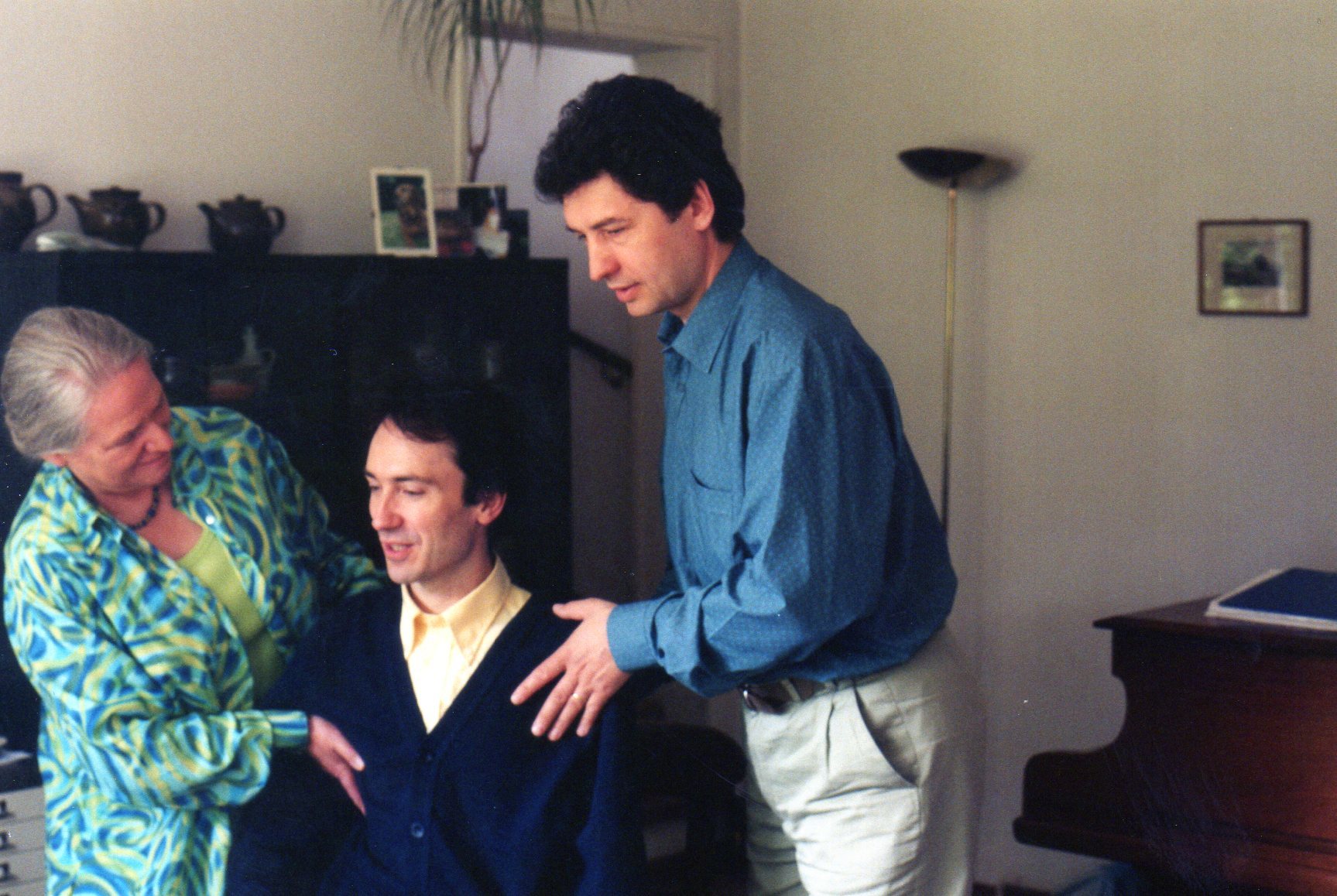I have been teaching the Alexander Technique in Brussels since January 1999, mainly in the form of individual lessons.
I also regularly give talks on the principle and applications of the Alexander Technique and lead workshops for small groups.
I am a teaching and active member of Aefmat, the Belgian Association of Teachers of the Alexander Technique.
Since 2009, my increasing interest for the future and the evolution of the Alexander Technique in today’s world led me to take part in the annual meetings of ATAS (Alexander Technique Associated Societies), a network of national societies to which Aefmat is affiliated, sharing the same spirit and standards in the transmission of the Alexander Technique.
I am interested in any practical application of the Alexander Technique: from pain management to improving the skilful movements of the performer, the craftsman or the sportsman; from the meditative or professional positions to the processes involved in a more reliable perception of oneself.
I have though a special interest in the way we use ourselves when dealing with the stress generated by our modern urban world and the establishment of conscious reactions during habitual human interactions in demanding and new life situations.
I first came across the Alexander Technique in 1994.
Attracted by its title – The Art of Changing – I picked up the book from a shelf in a bookshop to have a closer look at it. I could not possibly know at that moment that my life was at a turning point.
I bought the book, read it the same evening and had my first Alexander Technique lesson the following day with Mrs Jose Spearing. Three months later,
I knew that I wanted to become an Alexander teacher myself and I was therefore directed to Mrs Betty Langford, who happened to be Jose Spearing’s first Alexander Technique teacher.
To cut it short, after several months of private lessons with Betty Langford , I officially started my training with her at the beginning of the following year, from March 1995 to December 1998, in Lasne, near Brussels, where her Training Course was located at the time.
I owe to Betty Langford my basic approach in teaching the Alexander Technique, but at the same time and to this day I keep attending to masterclasses and workshops several times per year, and having Alexander Technique lessons with other inspiring and experienced teachers to refine my understanding, practice and teaching of it.
During my training, I was fortunate to have an unforgettable lesson with Walter Carrington, who had trained Mrs Langford and had been assisting F.M. Alexander in his training course the last years of his life.
For many years, I have been regularly attending masterclasses with senior teachers John Nicholls and Tommy Thompson.
I was present at three International Alexander Technique Congresses (Oxford in 2004, Limerick in 2015 and Berlin in 2022), week long events with daily masterclasses, workshops, conferences and work exchange with colleagues and senior teachers from all over the world.
In Belgium, I have also participated in most workshops organized by Aefmat, the Belgian Association of Teachers of the Alexander Technique to which I belong.
(Workshops with : Arie Jan Hoorweg, Tessa Marwick and Paul Versteeg, Steve Hallmark, Kate Kelly, Bobby Gallagher, Rudolf Kratzert, Ruth Murray and Alan Philps, Bob Britton, Dorothea Magonet, Jamie Mc Dowell, Pedro de Alcantera, Ron Murdoch, Elke Mastwijk, Ann Rodiger, John Nicholls)



